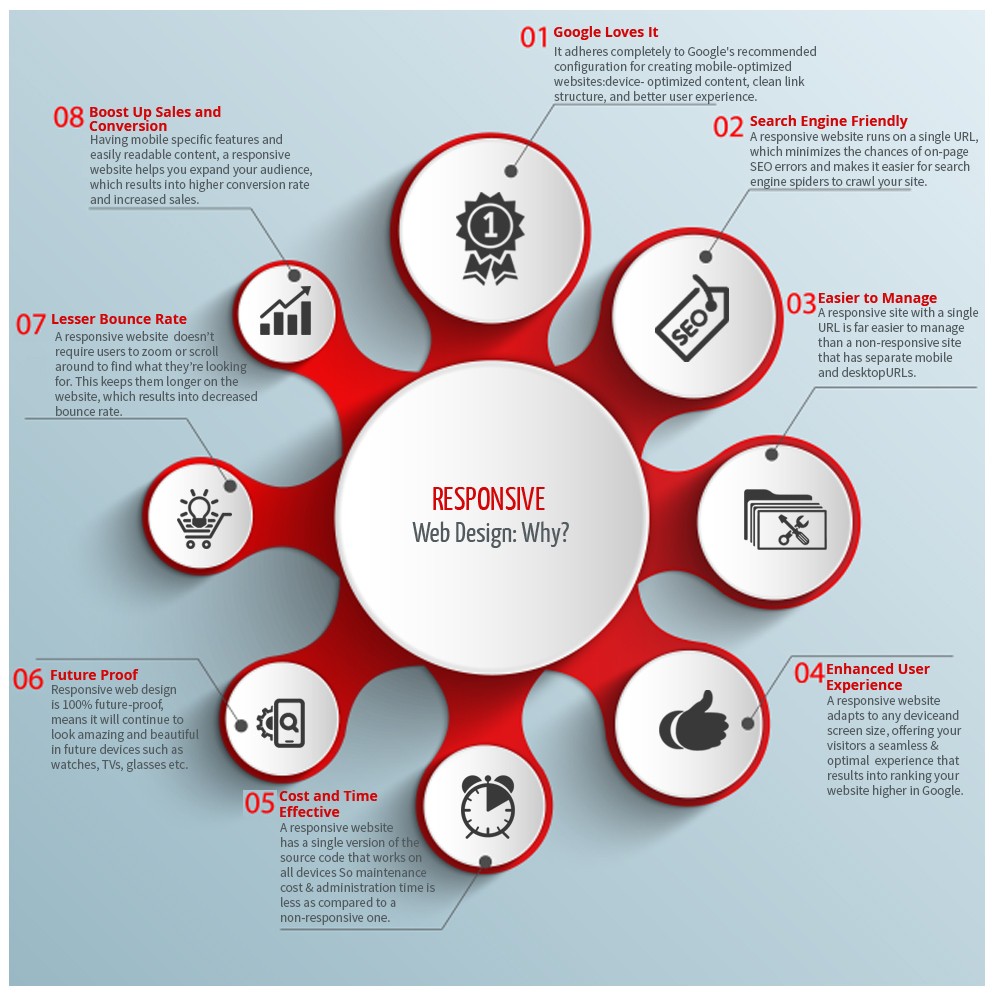Eager To Find How Website Layout Has Changed In Time? Dive Into The Evolution From Simpleness To User-Focused Experiences
Eager To Find How Website Layout Has Changed In Time? Dive Into The Evolution From Simpleness To User-Focused Experiences
Blog Article
Material By-Johnsen Hyldgaard
In the past, internet sites were easy and concentrated on information. Navigation was straight, and layout was for desktops. Now, user experience is key. Information overviews styles for simple navigation. Receptive designs match different tools. Today, dark mode reduces strain, and minimalist menus improve navigation. https://smallbiztrends.com/2021/06/restaurant-marketing.html engage customers, and bold visuals stand out. AI integration enhances engagement. See how design has actually progressed to improve your on-line trip.
Early Days of Web Design
In the early days of web design, simpleness reigned supreme. Web sites were fundamental, with restricted shades, fonts, and formats. The focus was on offering info rather than showy visuals. Customers accessed the web with sluggish dial-up links, so speed and capability were crucial.
Navigation menus were straightforward, commonly located on top or side of the page. Websites were made for home computer, as mobile surfing had not been yet widespread. Content was king, and developers focused on very easy readability over complex layout components.
HTML was the main coding language made use of, and developers needed to function within its restrictions. Animations and interactive features were minimal compared to today's criteria. Web sites were static, with little dynamic web content or personalized user experiences.
Surge of User-Focused Design
With the evolution of website design, a change in the direction of user-focused design concepts has come to be increasingly popular. Today, producing internet sites that prioritize individual experience is crucial for engaging site visitors and attaining company goals. User-focused layout entails understanding the needs, preferences, and actions of your target market to customize the web site's format, web content, and includes as necessary.
Designers currently perform extensive research, such as individual studies and usability testing, to collect insights and comments directly from customers. This data-driven strategy helps in producing instinctive navigating, clear calls-to-action, and aesthetically appealing interfaces that reverberate with site visitors. By putting the user at the facility of the style process, websites can deliver a more personalized and enjoyable experience.
Receptive style has actually likewise become a key aspect of user-focused layout, making certain that web sites are enhanced for numerous devices and screen sizes. This versatility improves access and functionality, catering to the diverse means users connect with websites today. Basically, the surge of user-focused style indicates a shift towards producing digital experiences that prioritize the demands and expectations of the end user.
Modern Trends in Website Design
Explore the current trends forming web design today. One prominent fad is dark setting design, offering a smooth and contemporary look while decreasing eye pressure in low-light settings. Another key fad is minimal navigating, simplifying food selections and enhancing customer experience by concentrating on essential elements. Including micro-interactions, such as computer animated buttons or scrolling impacts, can create an extra interesting and interactive web site. Responsive style remains important, ensuring seamless user experiences across various devices. In https://www.fool.com/the-ascent/small-business/marketing-automation/articles/digital-marketing-analytics/ , making use of bold typography and asymmetrical formats can include aesthetic rate of interest and accentuate details web content.
Integrating AI innovation, like chatbots for consumer assistance or tailored recommendations, boosts individual interaction and improves processes. Accessibility has additionally end up being a considerable fad, with developers prioritizing comprehensive layout methods to accommodate diverse customer needs. Welcoming sustainability by maximizing internet site performance for speed and performance is another arising fad in web design. Working together with user feedback and data analytics to repeat and boost style constantly is necessary for staying pertinent in the ever-evolving digital landscape. By embracing these contemporary fads, you can produce a visually enticing, user-friendly internet site that resonates with your target market.
Conclusion
As you assess the advancement of site style from the early days to currently, you can see how user-focused style has come to be the driving pressure behind modern-day trends.
Accept the trip of adjustment and adjustment in website design, constantly maintaining the individual experience at the forefront.
Tippingpointdigital
Keep present with the most up to date trends and innovations, and never quit advancing your approach to develop visually magnificent and easy to use internet sites.
Progress, adapt, and produce - the future of website design is in your hands.
